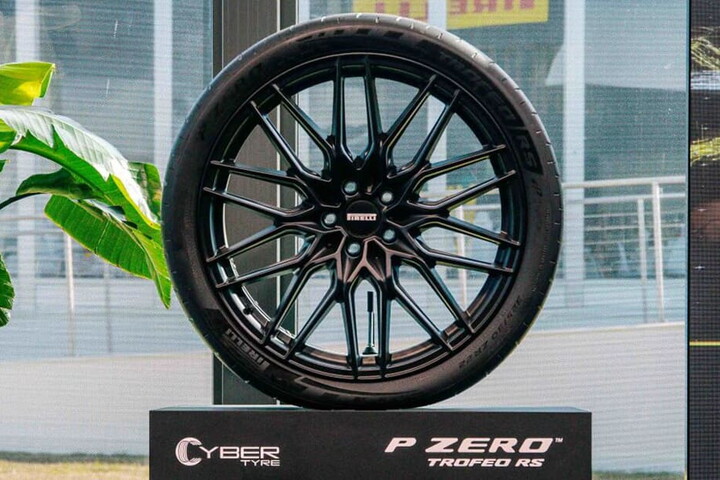Dreamcatcher is an experimental platform developed by Silicon Valley software company Autodesk, allowing product designers to input specific functional requirements and receive an array of real-time solutions for evaluation then turnaround by smart factories into products for your home.
It is one of the frontier technologies in a new industrial revolution that promises to be more transformative than the 19th-century upheaval that reshaped our world. This revolution is called the Industrial Internet of Things (IIoT), a broad-brush term for the digital ecosystems that will connect factories, products, services and processes – allowing them to speak with one another, and with us, over the internet.

Personalisation to the nth degree
The optimised instant design generation envisaged by Dreamcatcher will become highly useful for manufacturing as products take on a life of their own after leaving the factory. Connected to the internet, they will communicate back to their creators about how their new masters are using them, allowing them to suggest improvements in highly granular fashion. Data harvested in such a way from possibly millions of homes might then be crunched by a supercomputer into the specific functional requirements that our product designer could then feed into Dreamcatcher. The result would be a constant stream of ever-improved, ever more personally-tailored products leaving the factory floor.
Such a startling scenario is but one of an endless variety of IIoT applications that will permeate every aspect of global industry – from car manufacturing to oil-refinery maintenance to airline scheduling and flight-path generation. Integrating all possible business processes on the internet – harnessing the power of Cloud computing and Artificial Intelligence (AI) – will be a game-changing advance in economic growth potential, similar to the way in which the steam engine opened up unimagined paths to prosperity and innovation.
“First wave adoption of the IIoT could help increase productivity by up to 30 per cent,” said Accenture, a global consulting company, in a recent report . “Increasing (operational) efficiency by just one per cent a year could add trillions of dollars to global GDP over the next 20 years.”
Predicting breakdowns
One of the most important applications of IIoT is predictive maintenance. Somewhat like the “precogs” in the 2002 Hollywood movie Minority Report, who could foresee when a person was about to commit a crime – but perhaps with fewer of the associated philosophical dilemmas – these technologies are able to predict industrial breakdowns before they happen.
Equipment failures are one of the biggest drains on a corporation's bottom line, costing punishing unforeseen losses and setting back production schedules by months. Likewise, companies don't want to spend precious funds on routine maintenance checks if they are not needed. IIoT deploys a host of tools – including sensors that detect minute shifts in humidity, heat and vibration – to give precise warnings about an imminent breakdown before it occurs, and reduce the need for periodic inspections.
Korean Air is working with the IBM Watson cognitive computing platform to overhaul the way it maintains its fleet . The artificial brain – which uses machine learning and natural language processing to reason and communicate like humans do – sits side-by-side with Korean Air frontline maintenance staff to offer insights that can save millions of dollars and improve the passenger experience. Watson crunches decades-worth of data such as technician notes, non-routine logs and in-flight incident history – all based on human experience – to present an intelligent reading of when an aircraft will need to be taken out of service for repair. The maintenance crew can then proactively replace a part before it becomes a problem that would ground the plane and cause the kind of flight delay that is every traveller's nightmare.
Optimised business processes
Just a few of the other key applications of IIoT include:
Smart meters: electricity, gas and other utilities can measure consumption in real time through AI sensors. Smart meters allow for competitive pricing through real-time billing data; give customers a precise window into their energy consumption; and make regular technician visits for meter readings unnecessary.
Inventory management: knowing exactly where your products are in the supply chain offers huge opportunities for optimising business processes, both to slash costs and satisfy customers. IIoT gives companies this power – allowing them to boost response time; enable just-in-time production; and reduce warehouse pileups.
Augmented workforce: soon employees on the factory floor will be armed with wearable devices that give them instant access to data such as equipment status and material supply, bolstering efficiency while also keeping hands free for work. Humans will also team up with robots to optimise performance.
The days of thinking of the Internet of Things as a way to ask your fridge to turn on the house lights and get the coffee-maker going in the morning are gone. The applications you see at home – as transformative as they will be – only scratch the surface of an industrial revolution in which literally billions of devices will be connected around the globe. The IIoT will be able to bring products to market at lightning speed; regulate carbon emissions to keep the planet healthy; optimise inventories so you'll never be without the medication you need; and fix planes before they're broken so you'll never miss a business meeting. The world is being remade before our eyes – and its forge is the Industrial Internet of Things.




